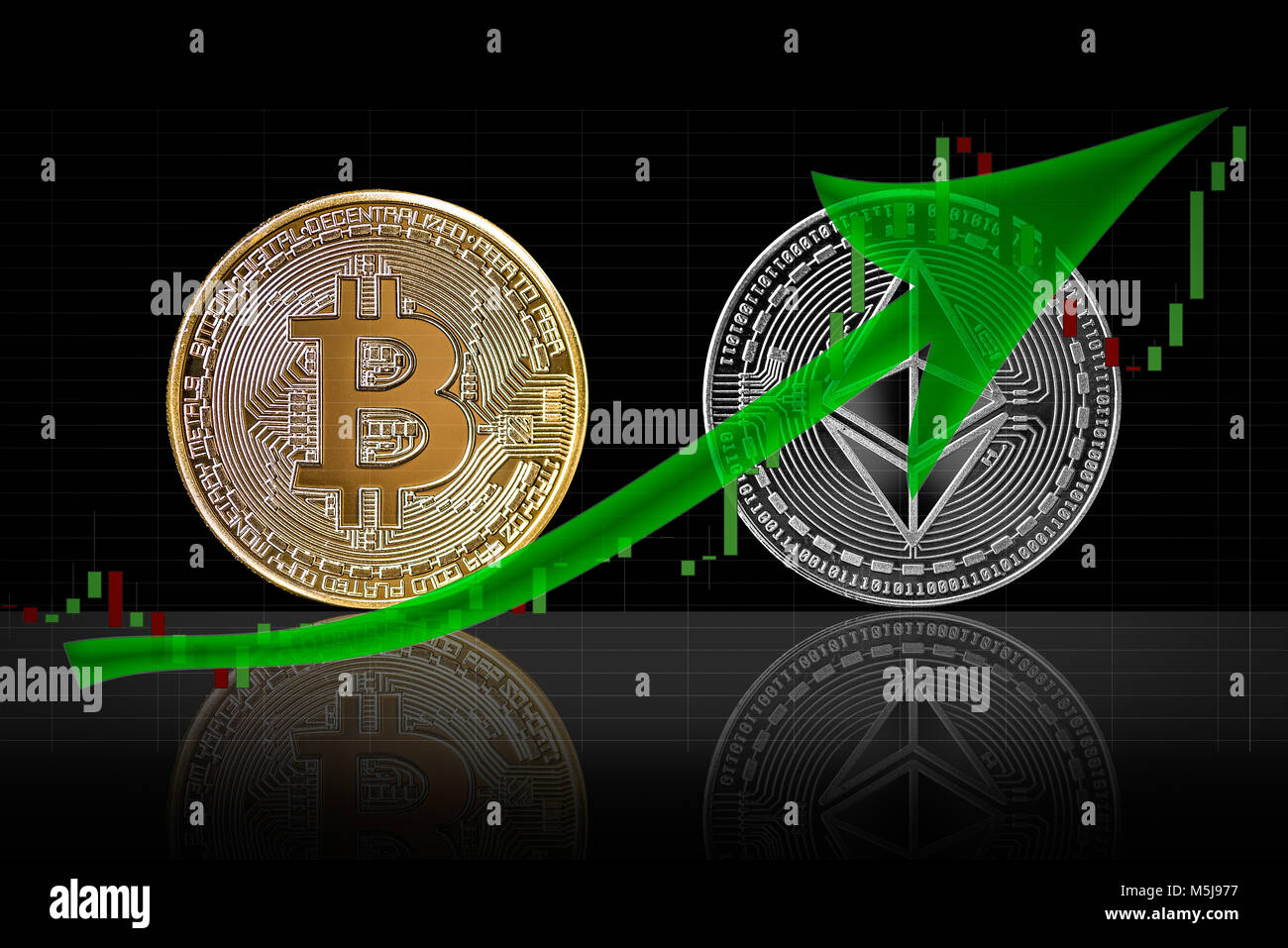
Bitcoin’s Wild Ride: Navigating the Crypto Crash
The cryptocurrency market is known for its volatility, but the recent plunge in Bitcoin’s price has taken investors by surprise. On July 24, Bitcoin peaked at around $70,000 only to plummet nearly 19% within a single day. This downturn didn’t stop at Bitcoin itself; altcoins like Ethereum (ETH) and Solana faced even steeper declines, with losses exceeding 30.9%.
The Reasons Behind the Downturn
Several factors are influencing this drastic shift in the crypto landscape. Among the culprits are rising fears of a recession in the United States, as well as a significant shift in the Yen/USD exchange rate following a rate hike by the Bank of Japan. As this shift triggered the unwinding of many Yen carry trades, the ripple effects were felt on U.S. exchanges, leading to a sell-off.
“The shift triggered a wave of liquidations that investors weren’t prepared for,” noted market analysts commenting on the situation.
The fallout was swift, with Bitcoin dropping to approximately $53,800, marking its lowest value since February. Other cryptocurrencies followed suit, contributing to a staggering loss of around $340 billion in market capitalization over the weekend.
 Exploring Bitcoin’s recent price fluctuations.
Exploring Bitcoin’s recent price fluctuations.
Maintaining Hope Despite the Crisis
Amidst the chaos, analysts remain cautiously optimistic about a potential recovery. Martin Goersch, a noted figure in crypto analysis, suggests that while Bitcoin is entrenched in a downtrend, there may be room for a rebound by the end of the year. This insight presents a silver lining in a seemingly gloomy environment.
Despite the losses, initiating a position in Bitcoin and other cryptocurrencies might still appeal to investors looking for long-term growth. Various market analysts argue that corrections, although painful, are sometimes necessary to establish a more robust market structure, potentially setting the foundation for future growth.
Extreme Volatility: A Double-Edged Sword
The recent downturn serves as a reminder of the extreme volatility inherent in the cryptocurrency market. For many investors, this characteristic of rapid value fluctuation presents both risk and opportunity. Timo Emden from Emden Research highlights that factors such as geopolitical uncertainties and economic pressures continue to pose risks for crypto assets. “Further declines are likely as cascading stop-loss orders could trigger additional selling,” he warns.
Those who have weathered past crashes might find parallels in this recent volatility that could also lead to significant returns when the market stabilizes again.
Market fluctuations continue to attract both caution and opportunity.
Reflecting on the State of Cryptocurrencies
As we observe the cryptocurrency ecosystem, navigating through these tumultuous seas requires not just individual resilience but also collective reforms within the market. The consistent demand for transparency and stability has never been more pronounced. Investors are increasingly seeking more sustainable avenues to safeguard their investments from unpredictable swings.
Trading platforms and financial services are evolving, and many now offer enhanced risk management tools to help protect investors during unprecedented market fluctuations.
Conclusion: The New Normal for Crypto
As cryptocurrencies continue to capture mainstream attention, investors must adjust to the new normal – one defined by rapid shifts in value and unrelenting scrutiny from financial watchdogs. With every crash potentially serving as a precursor to recovery, maintaining an informed, strategic approach will be vital. The tantalizing question remains: can Bitcoin and its counterparts bounce back from this latest upheaval?
Whether you’re a seasoned investor or new to the crypto space, staying updated with market trends and expert analyses will be your best allies in this ever-evolving landscape. As always, proceed with caution and an eye towards the future.
 The future remains uncertain, but the passion for innovation in cryptocurrency persists.
The future remains uncertain, but the passion for innovation in cryptocurrency persists.















